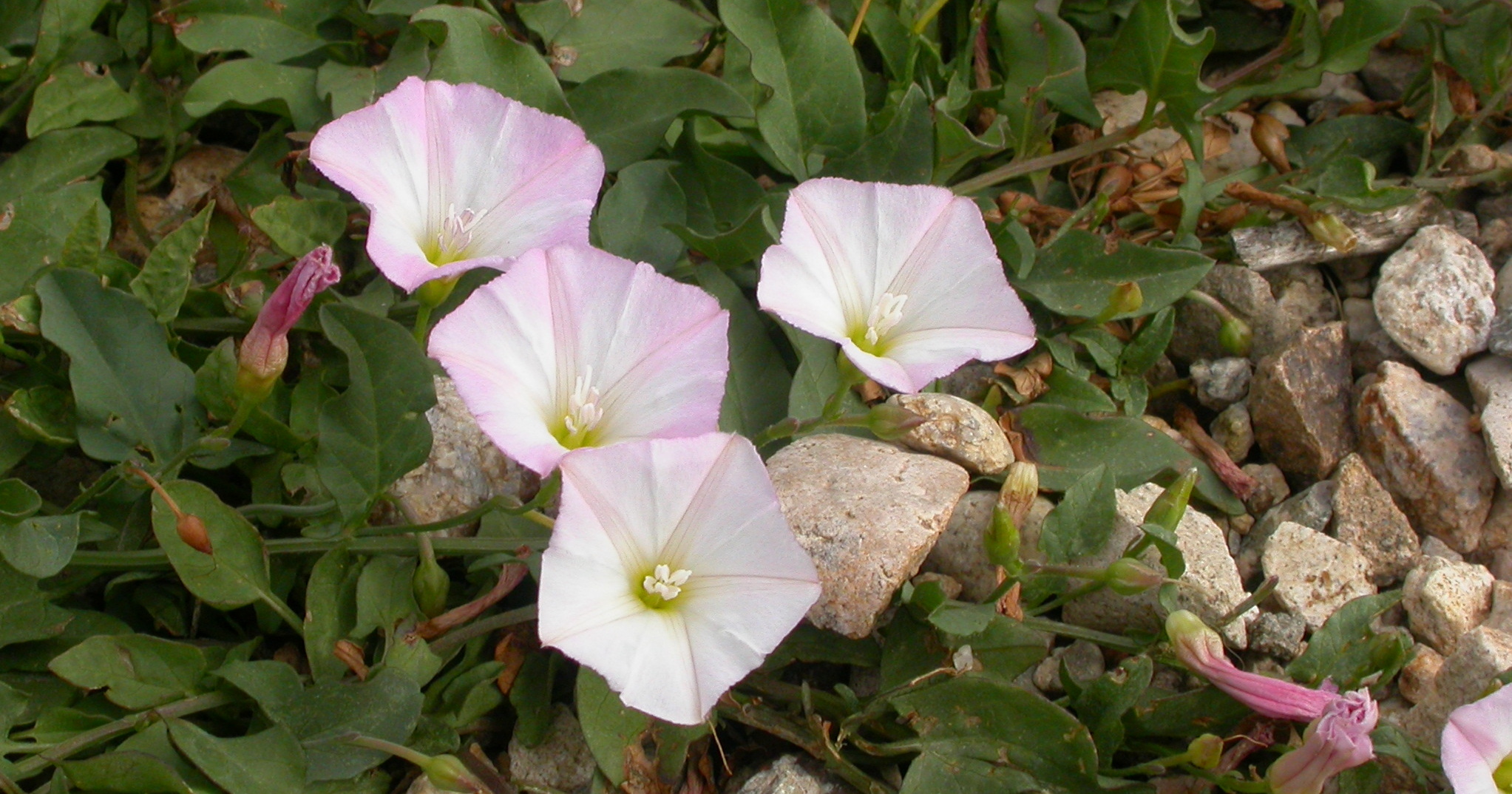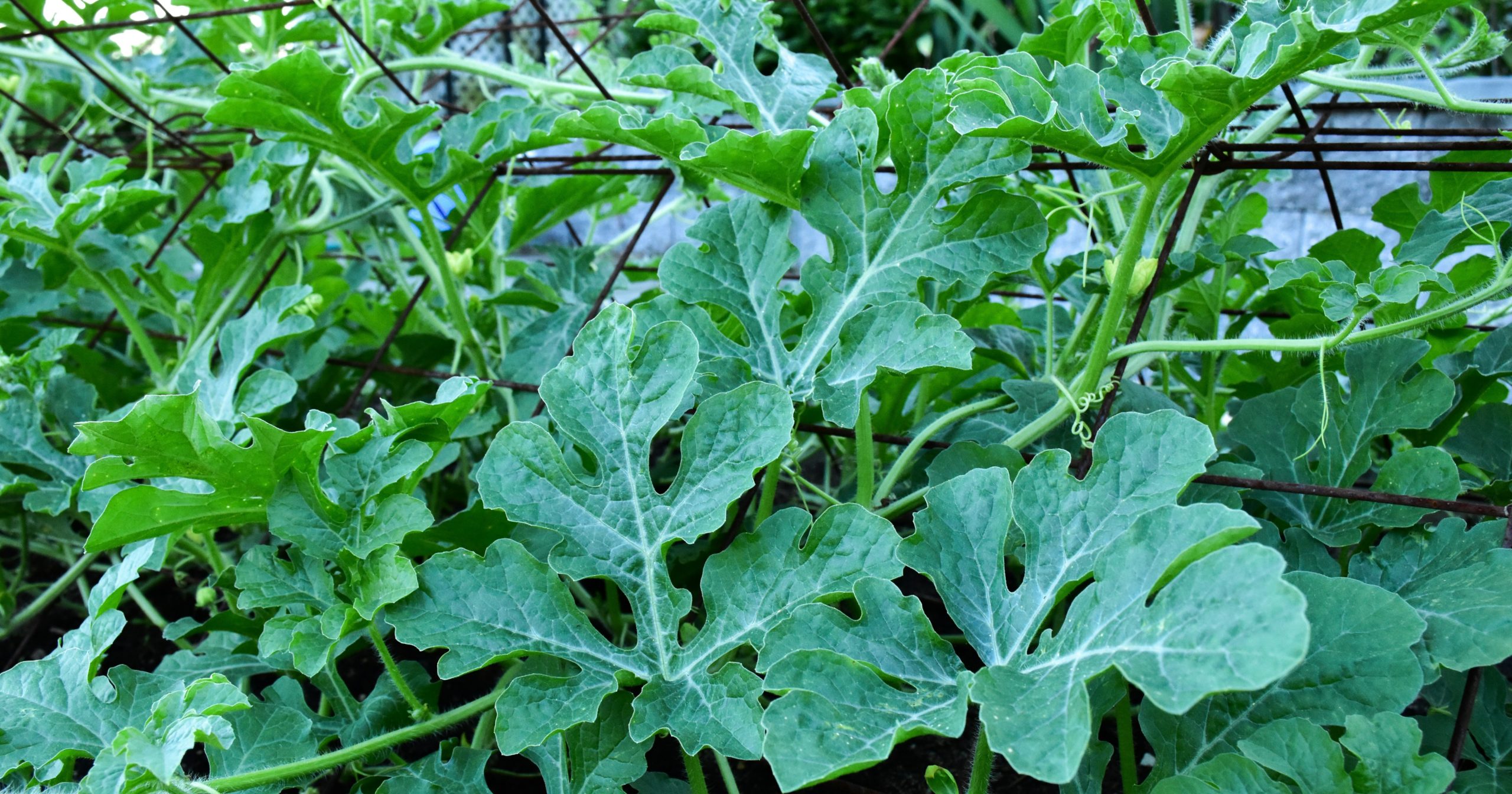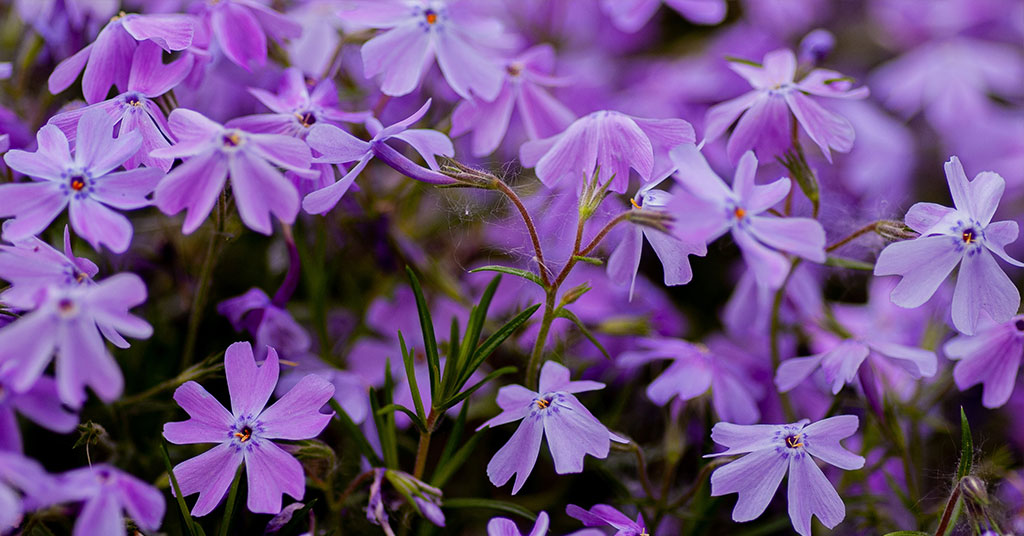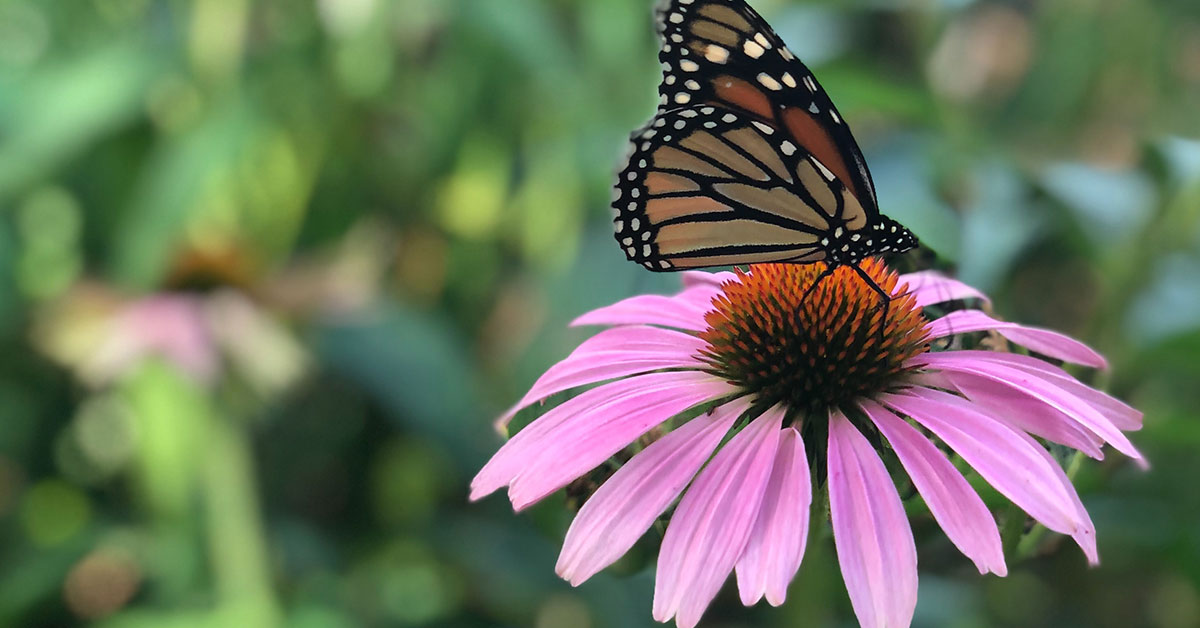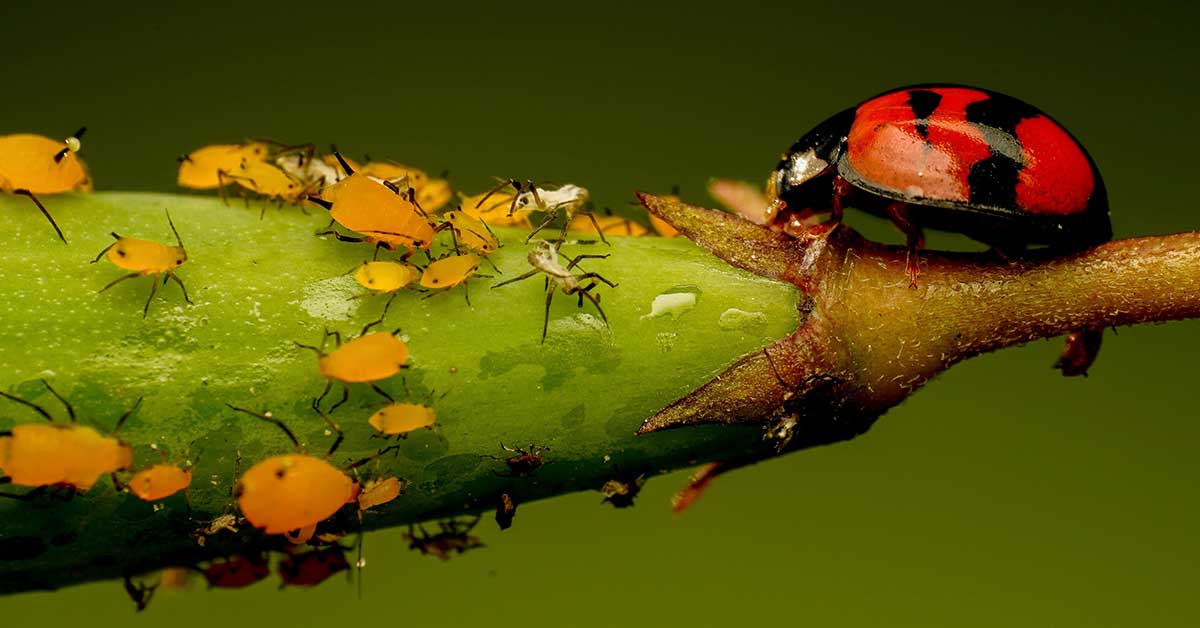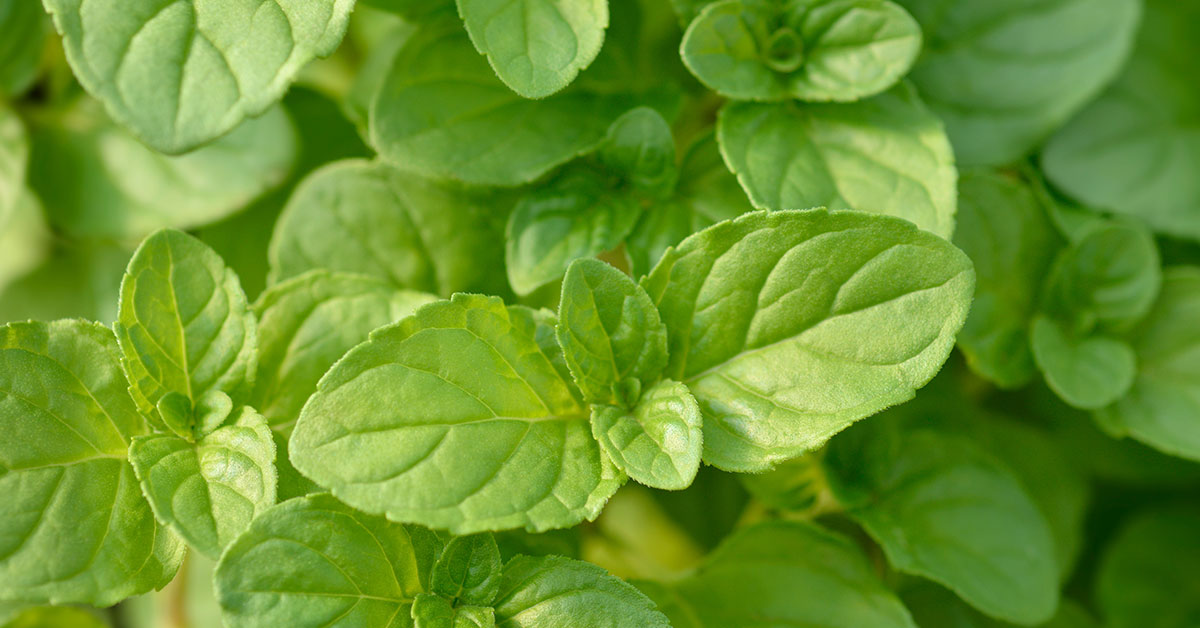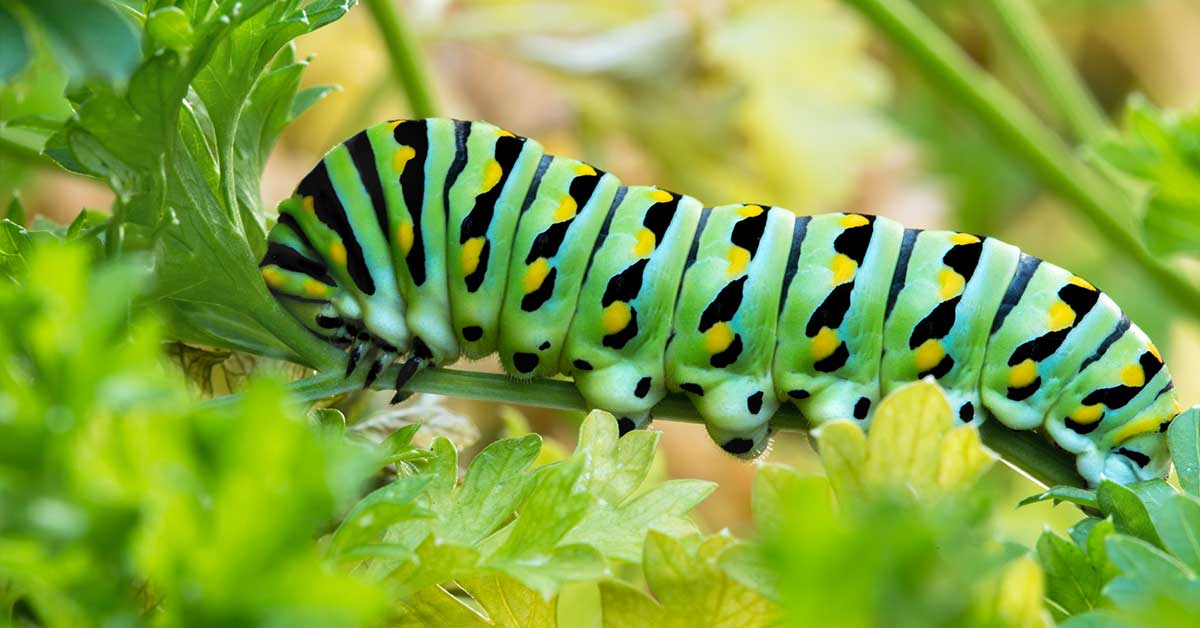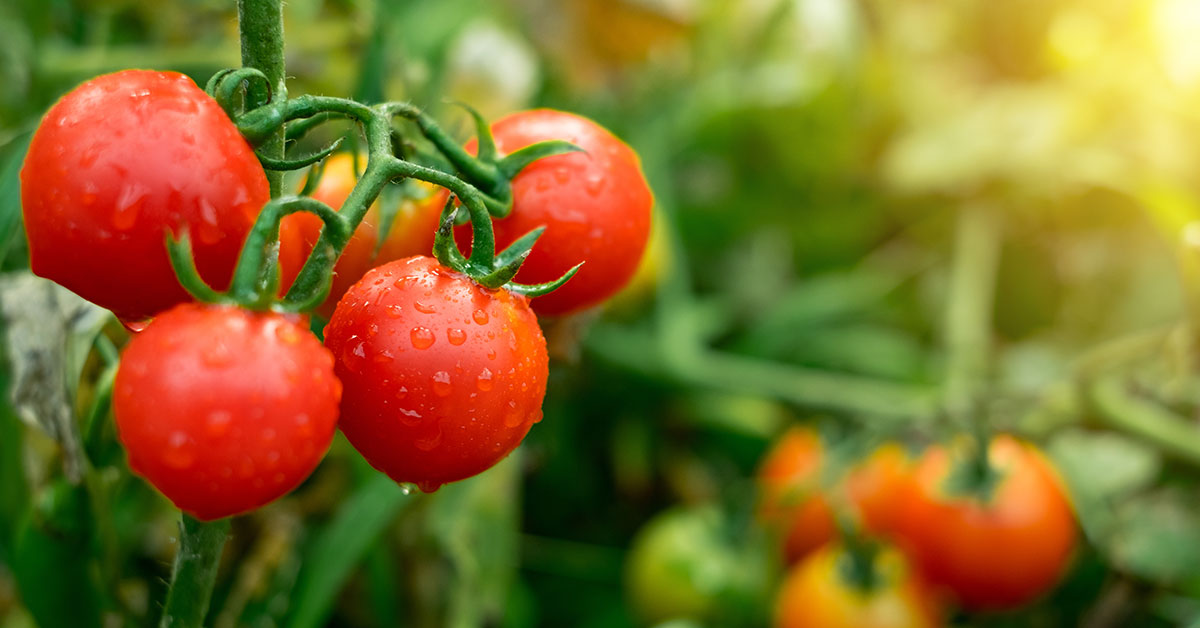Gardening can be incredibly rewarding, but it also comes with its challenges, one of which is dealing with pesky weeds. While some weeds might seem harmless or even beneficial, many can be surprisingly harmful to your garden. Weeds compete with your plants for nutrients, water, and sunlight, and some can even spread diseases or attract pests.
In this article, I’m excited to share twelve common garden weeds that can cause significant harm to your garden. By identifying and managing these weeds, you can protect your plants and maintain a healthy, thriving garden. Let’s dive in and learn more about these troublesome weeds!
Bindweed
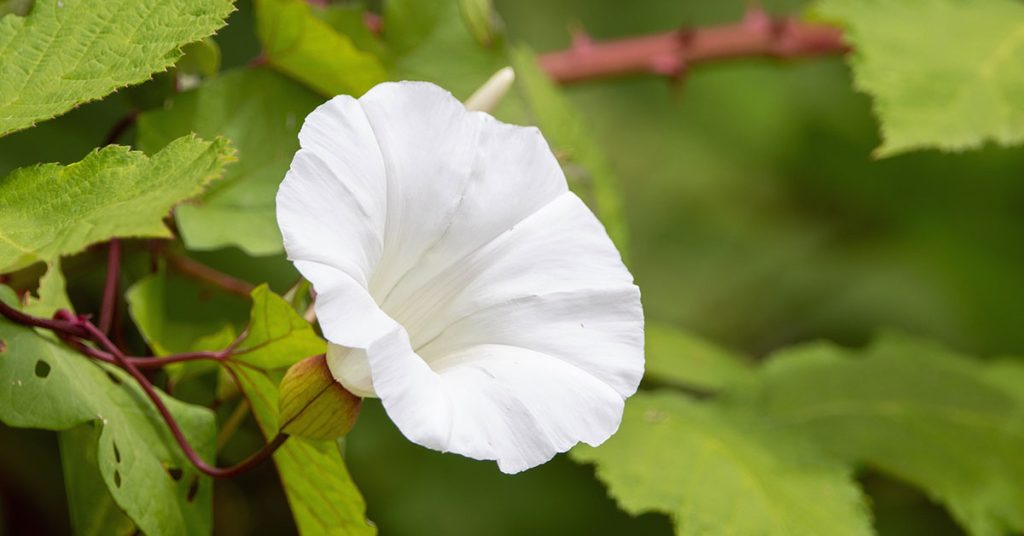
Bindweed (Convolvulus arvensis) is one of my least favorite garden invaders. It’s a fast-growing, perennial weed that can quickly take over your garden beds. Bindweed has deep, extensive roots that make it incredibly difficult to eradicate. Its vines can strangle your garden plants, cutting off their access to sunlight and nutrients.
What makes bindweed particularly harmful is its ability to regrow from small root fragments. Even if you think you’ve removed it all, it can come back with a vengeance. Regularly checking your garden for new growth and persistently removing it is essential to keep this weed in check. Consider using mulch to suppress its growth and reduce the amount of weeding you have to do.
Crabgrass
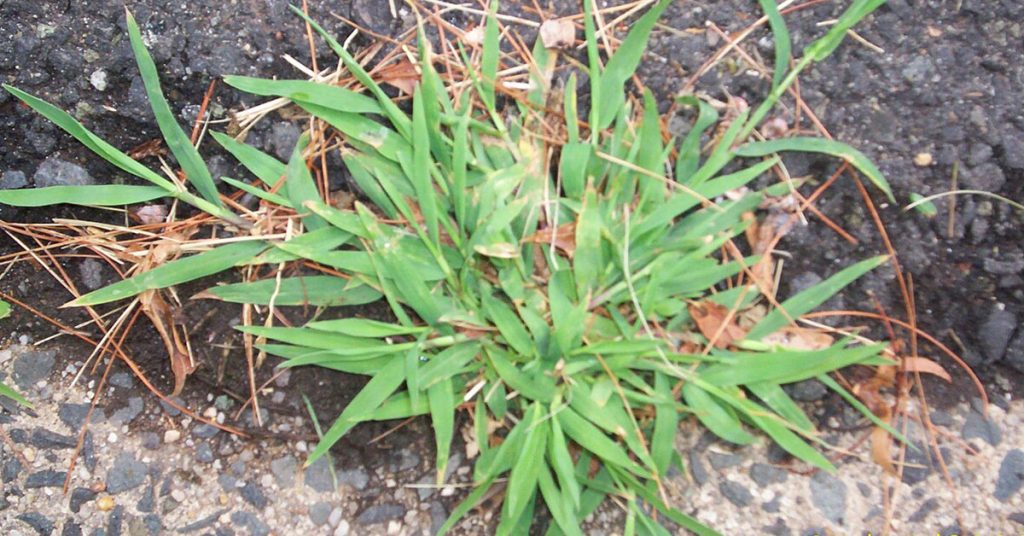
Crabgrass (Digitaria spp.) is another common weed that can cause headaches for gardeners. This annual grass spreads rapidly, especially in hot, dry conditions. Crabgrass competes aggressively with garden plants for water and nutrients, often outgrowing and overshadowing them.
Crabgrass is particularly harmful because it produces a large number of seeds, which can remain viable in the soil for several years. This means that even if you manage to remove the current plants, new ones can sprout from leftover seeds. Regular mowing, proper lawn care, and the use of pre-emergent herbicides can help control crabgrass in your garden.
Canada Thistle
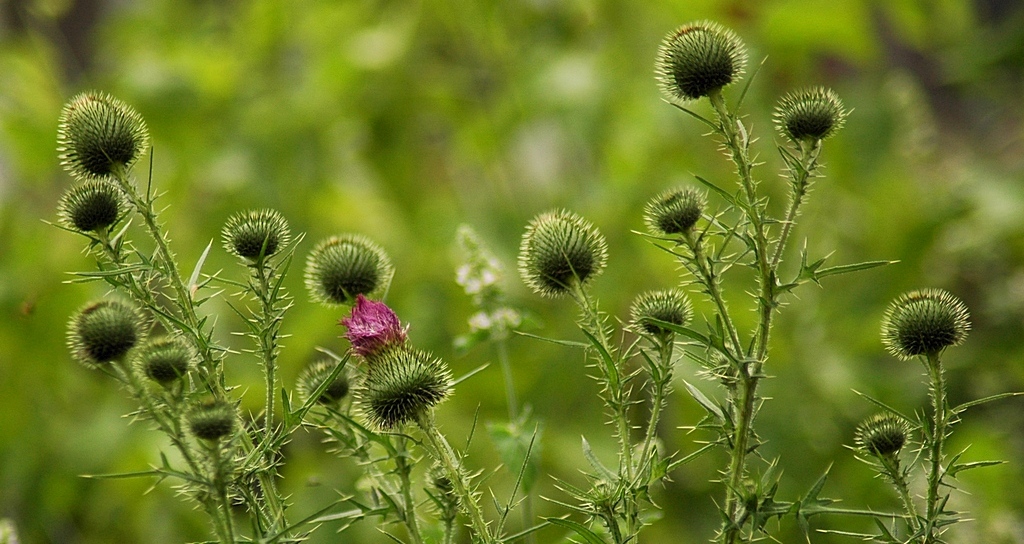
Canada thistle (Cirsium arvense) is a perennial weed known for its spiny leaves and aggressive growth. This weed spreads both by seeds and an extensive root system, making it difficult to control. The sharp spines on its leaves can make handling it a painful experience, and it can easily outcompete your garden plants for resources.
Canada thistle is harmful because it can quickly dominate an area, crowding out desirable plants. Its deep roots make it challenging to eradicate, as any remaining root fragments can sprout new plants. Regularly mowing or cutting down the thistle before it flowers can help prevent seed spread, and persistent digging can reduce its root system over time.
Nutsedge
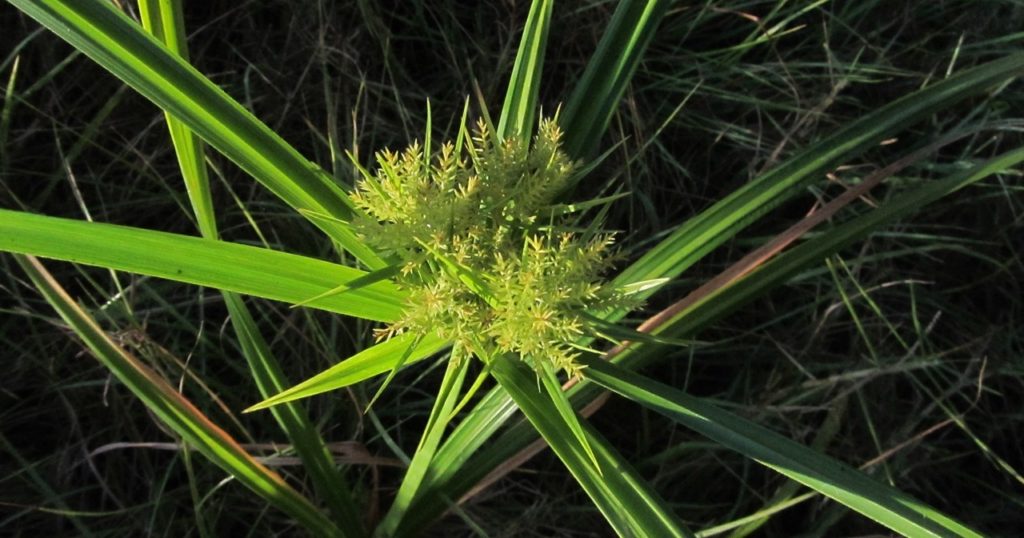
Nutsedge (Cyperus spp.) is a particularly troublesome weed for many gardeners. Often mistaken for grass, nutsedge has a triangular stem and produces small, nut-like tubers underground. These tubers store energy and make nutsedge difficult to eliminate, as new plants can sprout from them even after the above-ground parts are removed.
Nutsedge is harmful because it competes aggressively with garden plants for water and nutrients, and it can thrive in poorly drained soils. The best way to control nutsedge is to improve soil drainage and maintain a thick, healthy lawn or garden bed to outcompete it. Herbicides specifically designed for nutsedge can also be effective in managing this persistent weed.
Dandelion
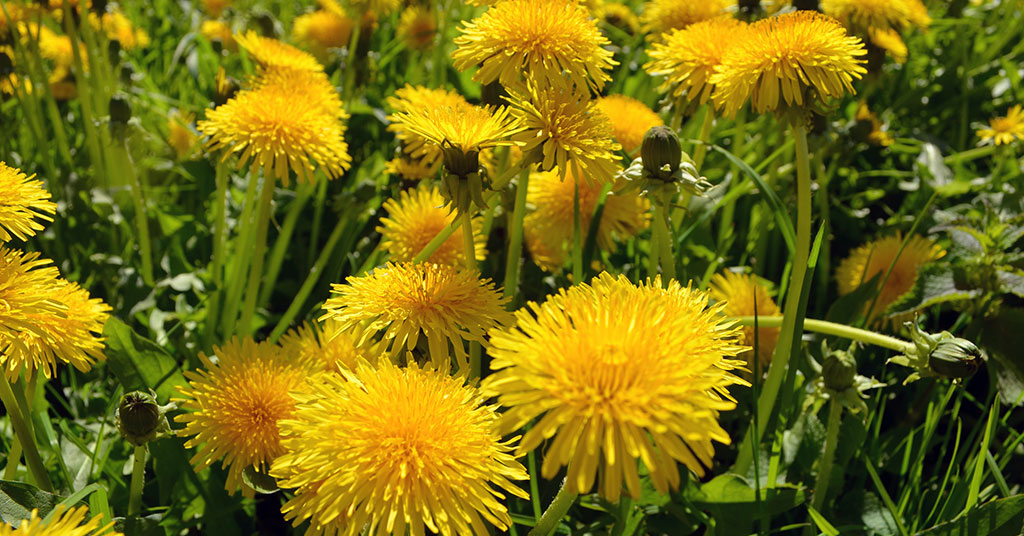
Dandelions (Taraxacum officinale) are a familiar sight in many gardens, but their cheerful yellow flowers belie their harmful nature. Dandelions have deep taproots that can reach far into the soil, making them difficult to pull out completely. If the root breaks, it can regenerate from the remaining piece, leading to even more dandelions.
What makes dandelions particularly troublesome is their prolific seed production. A single plant can produce thousands of seeds that are easily spread by the wind, leading to widespread infestations. Regularly removing dandelions before they go to seed and maintaining healthy, dense vegetation can help keep this weed in check.
Bermuda Grass
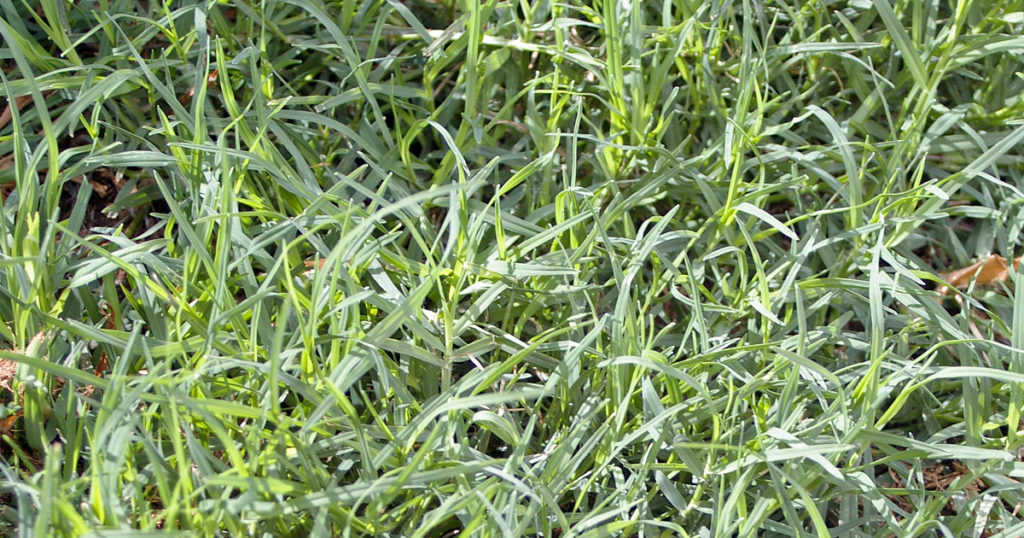
Bermuda grass (Cynodon dactylon) is often used as a turf grass, but when it invades garden beds, it can be a significant nuisance. This perennial grass spreads by both seeds and creeping stems called stolons and rhizomes, which allow it to quickly colonize large areas.
Bermuda grass is harmful because it forms dense mats that choke out other plants, depriving them of sunlight, water, and nutrients. Its extensive root system makes it difficult to remove, as any remaining fragments can regrow. Regular mowing, careful weeding, and the use of barriers can help manage Bermuda grass in your garden.
Creeping Charlie
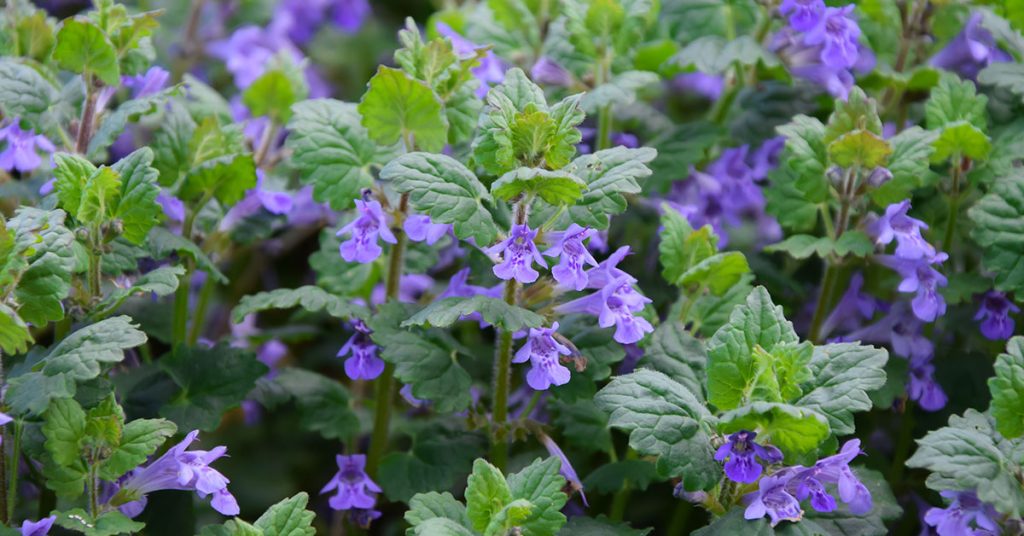
Creeping Charlie (Glechoma hederacea), also known as ground ivy, is a perennial weed with scalloped leaves and purple flowers. It spreads rapidly through creeping stems that root at the nodes, making it difficult to control once established.
This weed is particularly harmful because it can form dense mats that smother other plants, reducing biodiversity in your garden. Its ability to thrive in shady, moist areas makes it a persistent problem in many gardens. Hand-pulling and the use of selective herbicides can help manage creeping Charlie, but it often requires persistent effort.
Johnson Grass
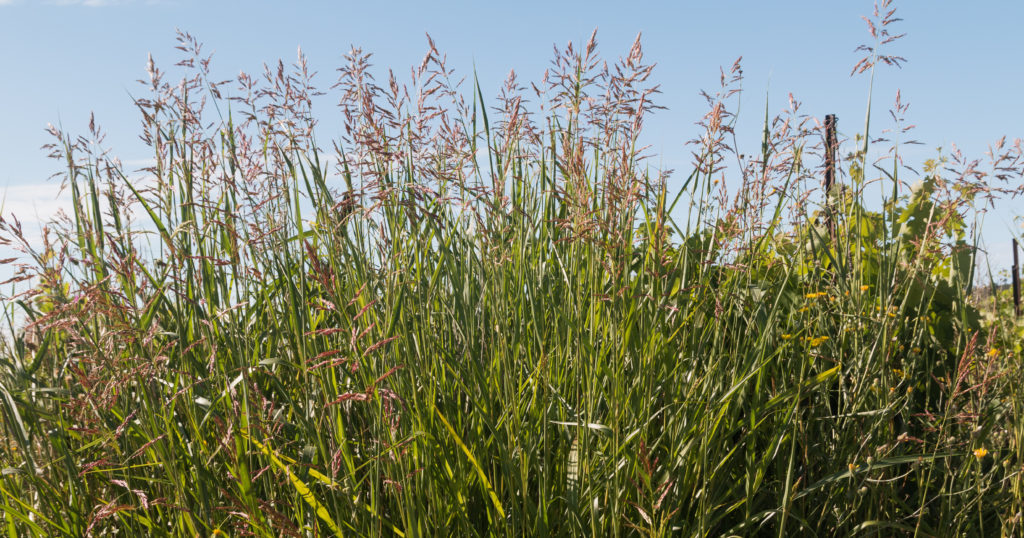
Johnson grass (Sorghum halepense) is a tall, perennial grass that can quickly become a serious weed problem. It spreads through seeds and rhizomes, forming dense stands that can outcompete desirable plants for light, water, and nutrients.
Johnson grass is harmful because it can grow rapidly and produce a large number of seeds, making it difficult to control. Its deep rhizomes can also make it challenging to eradicate, as any remaining pieces can regrow. Regular mowing, careful digging, and the use of herbicides can help manage Johnson grass in your garden.
Horsetail
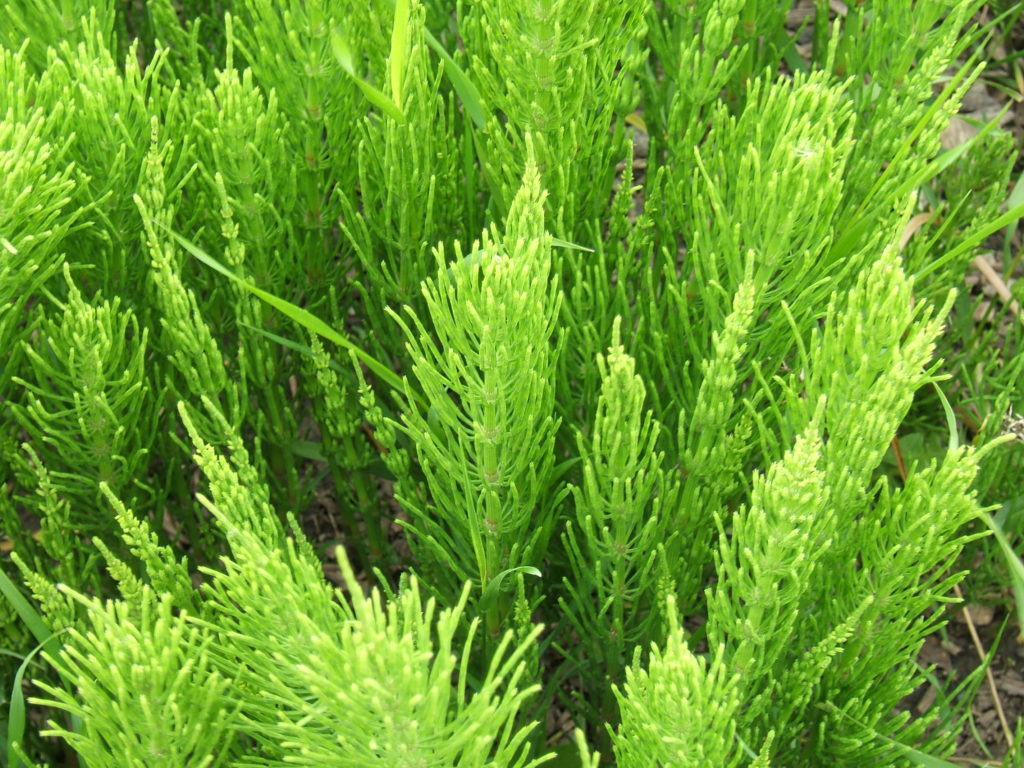
Horsetail (Equisetum spp.) is a primitive perennial plant known for its jointed stems and high silica content. This weed spreads through spores and an extensive root system, making it very difficult to control once established.
Horsetail is harmful because it can thrive in poor, compacted soils where other plants struggle. Its ability to spread rapidly and form dense stands can crowd out other plants and reduce biodiversity in your garden. Improving soil conditions, regular mowing, and the use of specific herbicides can help manage horsetail infestations.
Poison Ivy
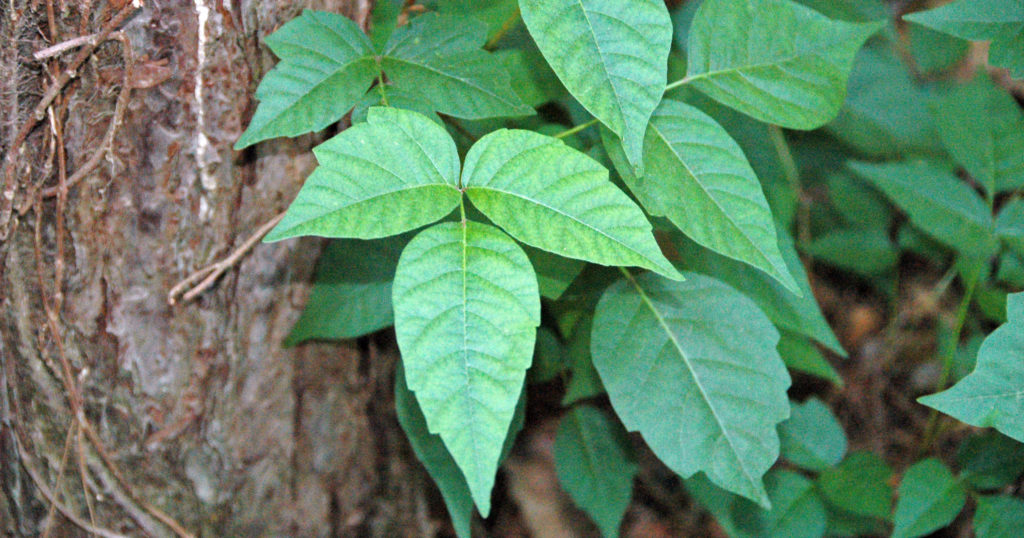
Poison ivy (Toxicodendron radicans) is well-known for its ability to cause severe skin irritation upon contact. This perennial vine or shrub can spread both by seeds and through its extensive root system, making it difficult to eliminate.
Poison ivy is harmful because it poses a health risk to humans and pets. Its sap contains urushiol, which can cause painful rashes and blisters. Wearing protective clothing when handling poison ivy and using herbicides designed for woody plants can help manage this dangerous weed. Regular monitoring and removal are essential to keep your garden safe.
Chickweed
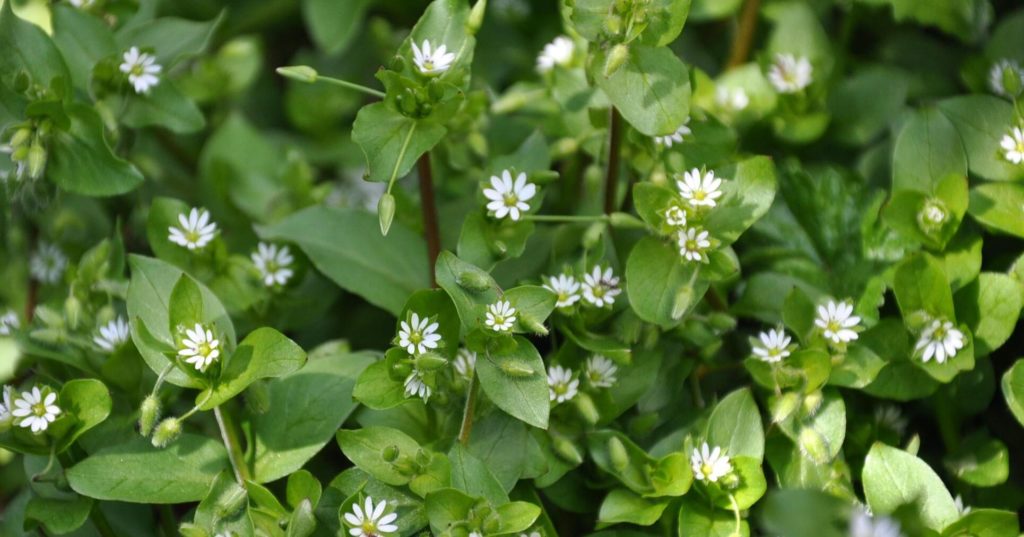
Chickweed (Stellaria media) is a common annual weed that thrives in cool, moist conditions. It has small, white, star-shaped flowers and can quickly form dense mats that smother other plants. Chickweed spreads by both seeds and creeping stems that root at the nodes.
This weed is particularly harmful because it can produce a large number of seeds, which remain viable in the soil for several years. Chickweed can compete aggressively with garden plants for light, water, and nutrients, reducing their growth and vigor. Regular weeding and mulching can help manage chickweed and prevent it from taking over your garden.
Field Bindweed
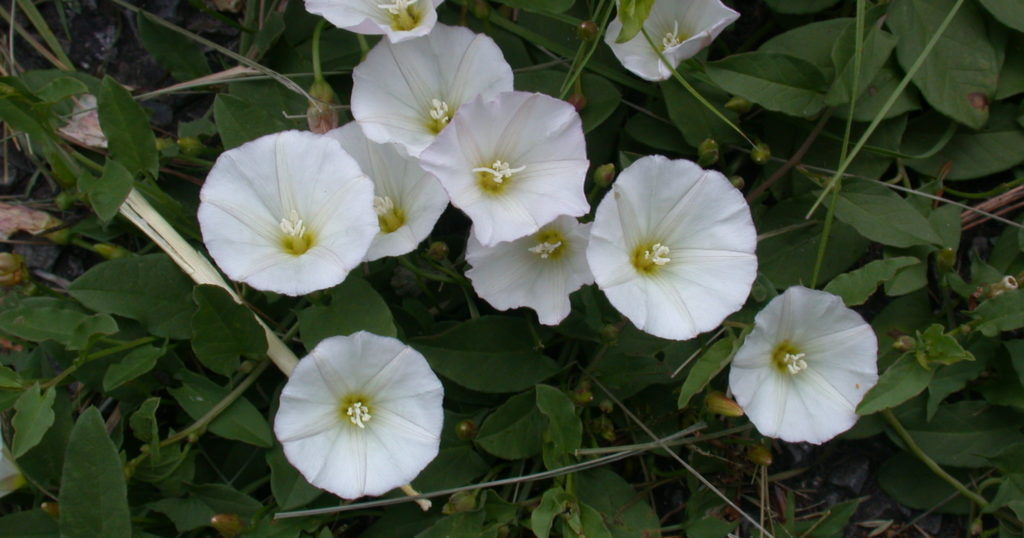
Field bindweed (Convolvulus arvensis) is a perennial vine that can quickly become a major problem in gardens. It has deep, extensive roots and twining stems that can smother other plants, depriving them of sunlight and nutrients. Field bindweed is related to morning glory and produces similar, trumpet-shaped flowers.
Field bindweed is harmful because it can regenerate from small root fragments, making it difficult to eradicate. Its ability to spread rapidly and form dense mats can severely impact the growth of desirable plants. Persistent digging, regular monitoring, and the use of herbicides can help manage field bindweed infestations.
By identifying and managing these harmful garden weeds, you can protect your plants and maintain a healthy, thriving garden. Each of these weeds poses unique challenges, but with the right strategies, you can keep them under control and enjoy a beautiful, productive garden.
